Address
751 Palm Street
San Luis Obispo, CA 93401
United States
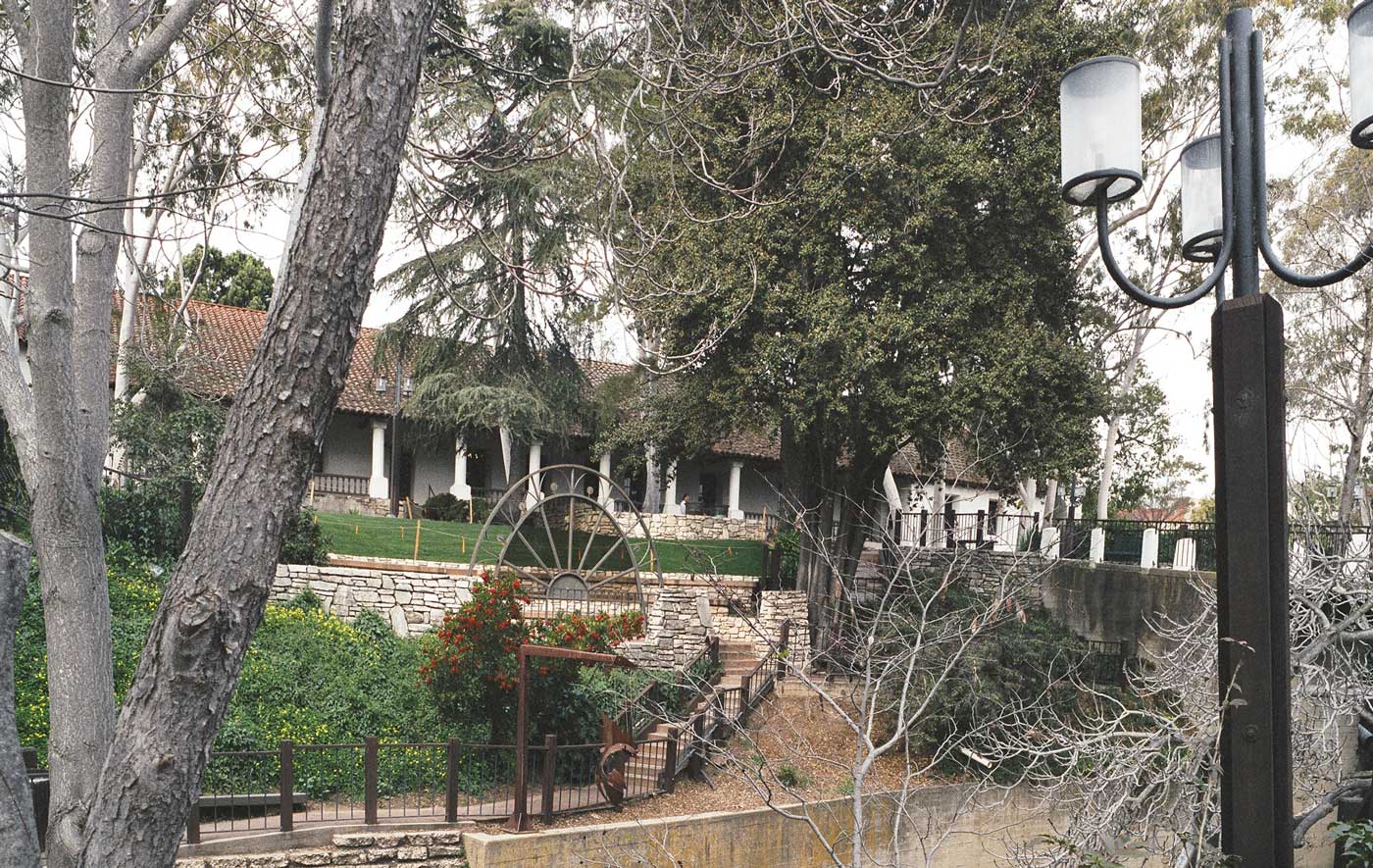
Founded:
September 1, 1772 - The 5th California Mission
Also Called:
Mission San Luis Obispo
Current Status:
The principal Roman Catholic Church in the Town of San Luis Obispo which is part of the Diocese of Monterey.
Summary:
San Luis Obispo de Tolosa was founded on September 1, 1772. The mission church was built in 1792-1794. The former convento (now a museum) has a distinctive front colonnade. The museum has a special room that focuses on the Chumash Indians. A large modern plaza in front of Mission San Luis Obispo is a popular site for community events.
751 Palm Street
San Luis Obispo, CA 93401
United States
The Mission is located in the center of San Luis Obispo, reached from U.S. 101. Take Exit 203A leading to Santa Rosa Street. You take Santa Rosa for less than half a mile, and turn right on Palm Street. The mission will be on the left side of the street.
https://missionsanluisobispo.org (This is primarily the Parish website)
805-543-6850 - Mission/Gift Shop
805-781-8220 - Parish/Rectory
Please contact the mission directly by telephone or by visiting the mission website for the most current information.
Due to Covid-19 restrictions, it is best to check for current information.
Weddings are normally held on Saturdays but contact the Parish Office by telephone (805-781-8220) or check the mission website for exact dates and times. Non-parishioners are invited to hold a Catholic wedding in the mission church but must provide their own priest. Guidelines and forms are available on the website.
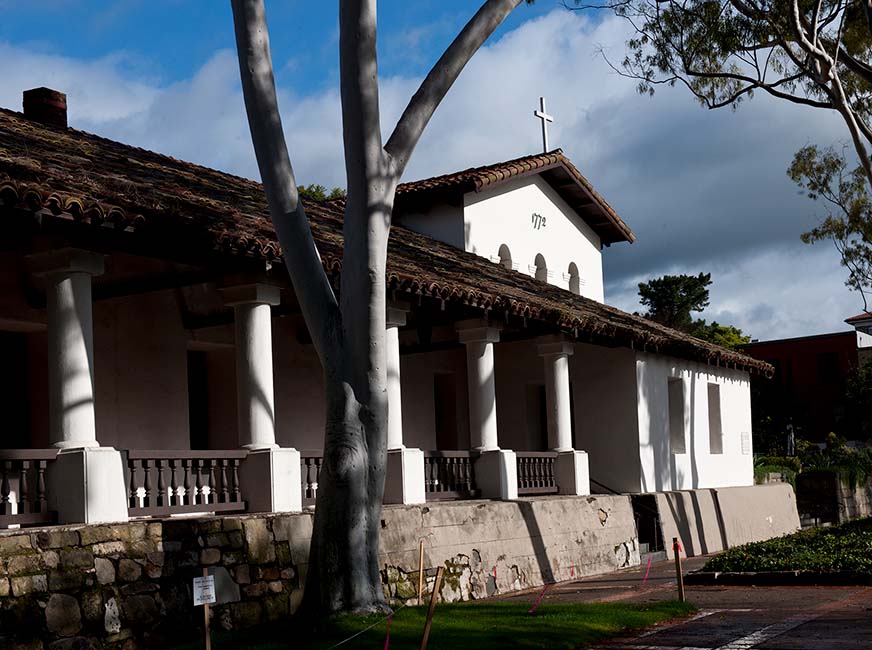
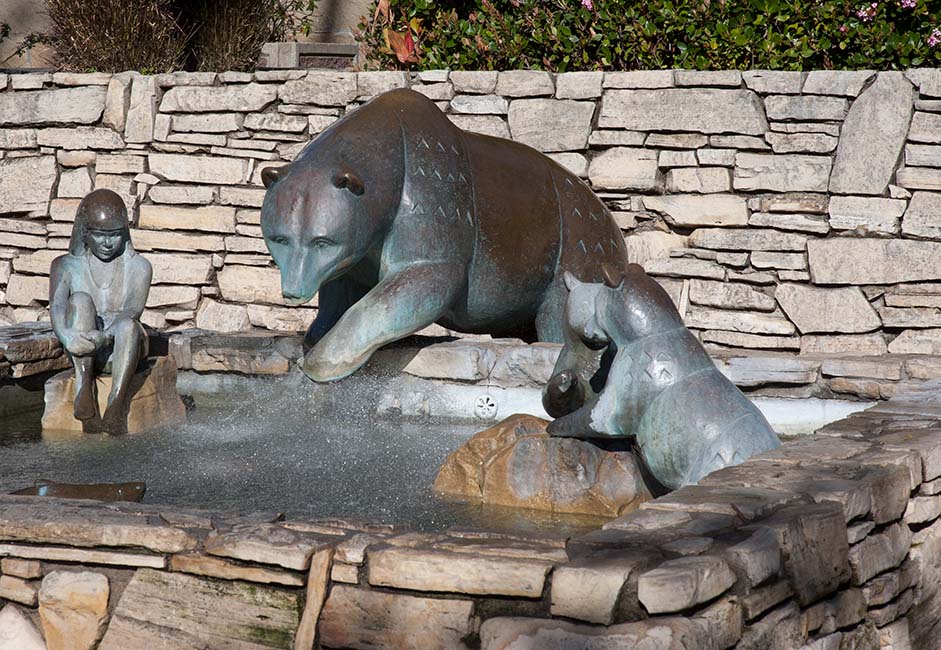
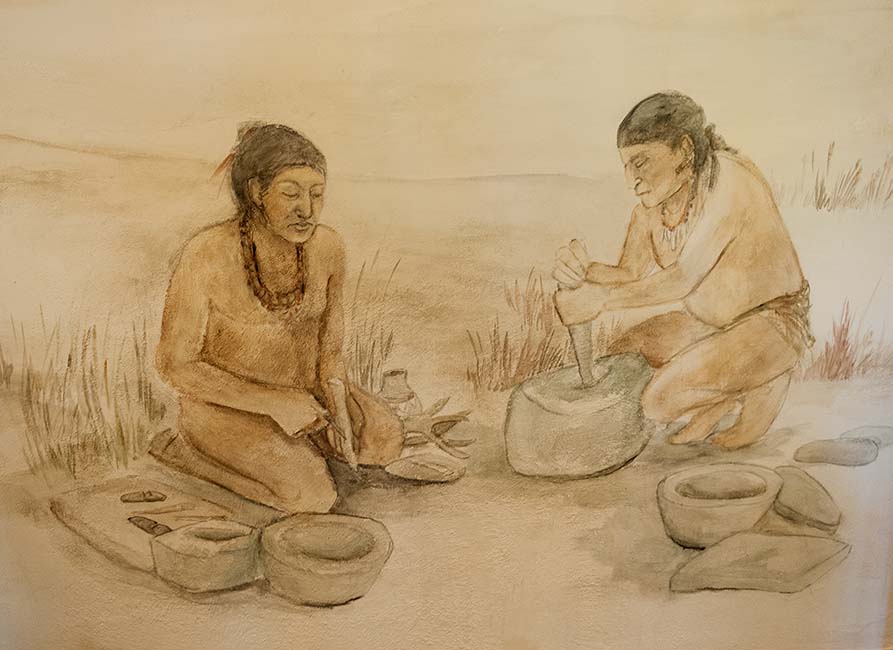
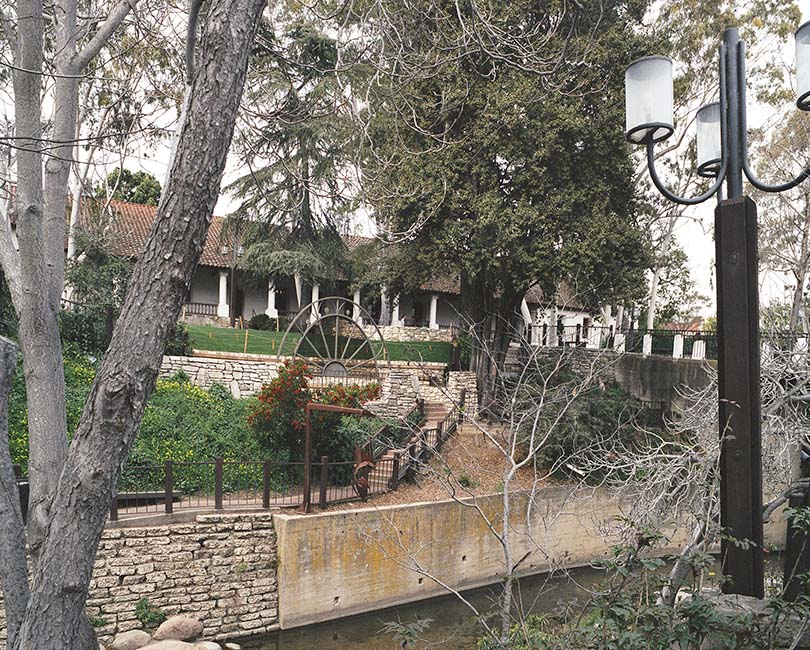
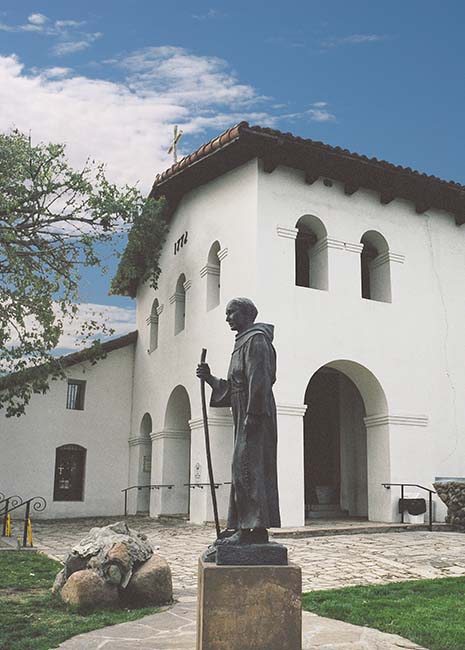
1835
1859
St. Louis, Bishop of Toulouse, France, a 14th century Franciscan
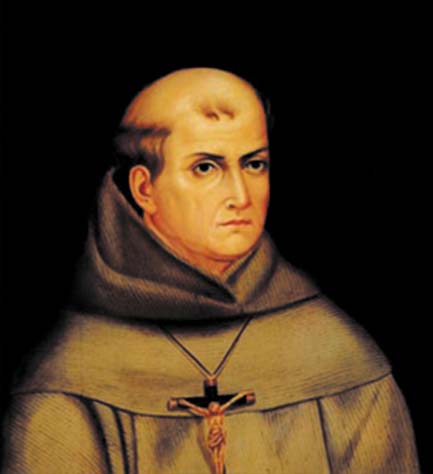
San Luis Obispo was the first mission founded in the land of the Chumash people. The neophytes at the mission were called Obispeños.
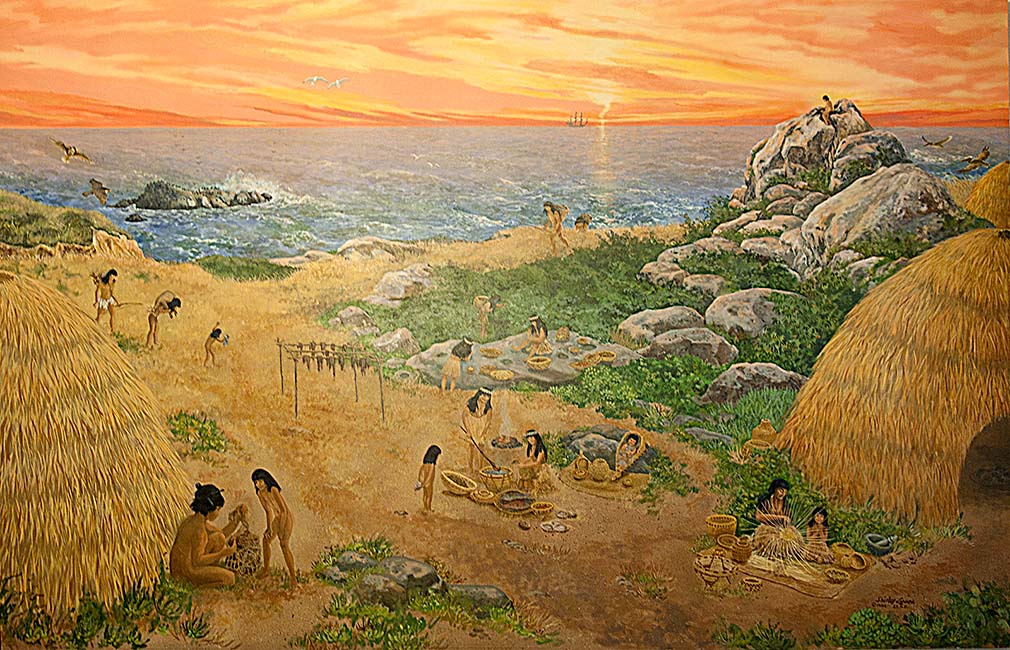
Located in a spacious valley along the central coast which the Spanish named "La Cañada de los Osos" (Valley of the Bears) when they discovered many grizzlies there. In the mission era bear hunting by "Californios" was prevalent.
Unlike many of the missions, which were relocated over time, Mission San Luis Obispo stands on its original site.
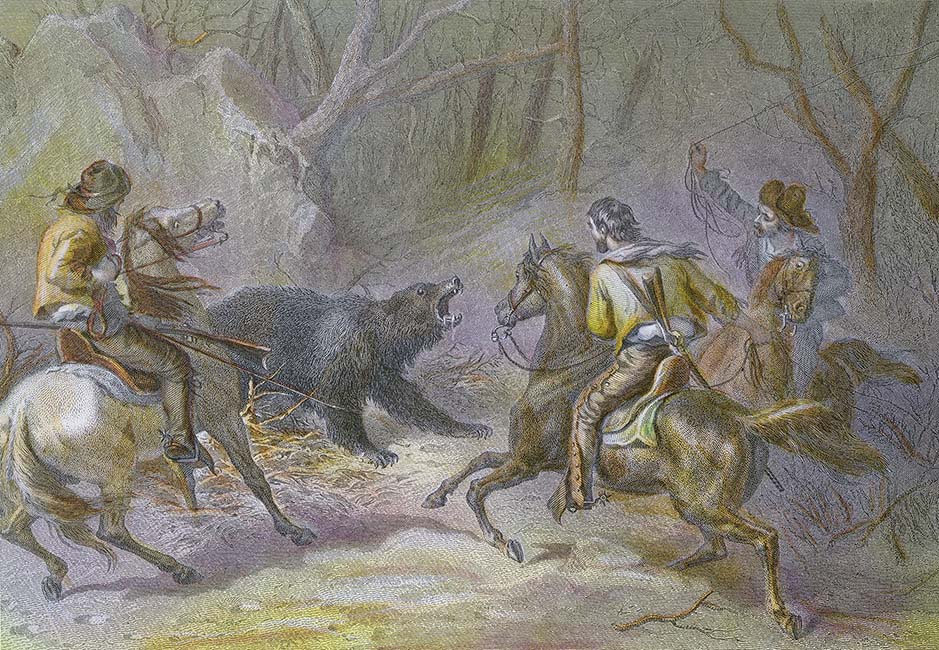
Traditional quadrangle
San Luis Obispo Creek was described as "having the finest water".
The highest recorded population was 832 in 1804.
San Luis Obispo had a relatively stable livestock herd during its last twenty (20) years as a mission, with twice as many sheep as cattle in most years. In 1832, the last year for which we have detailed records, the mission had 2,500 cattle and 5,422 sheep.

Over the years 1804-1832, San Luis Obispo produced 167,000 bushels of wheat, barley, corn, beans, peas, and lentils. Despite its relatively small population, it had the fourth highest production of wheat in the entire chain. The mission even had its own grist mill.
San Luis Obispo had grape arbors within the mission quadrangle and there was a garden in the northeast corner.
The San Luis Obispo Church was built between 1792-1794. The vestibule was added in 1820. The prominent numbers inscribed on the church facade refer to the year the mission was founded in 1772.
The former convento (which now contains a museum and gift shop) has a distinctive front colonnade of eleven (11) round columns set on square pedestals.
A New England-style steeple was added to the church in 1868 but removed in 1934.
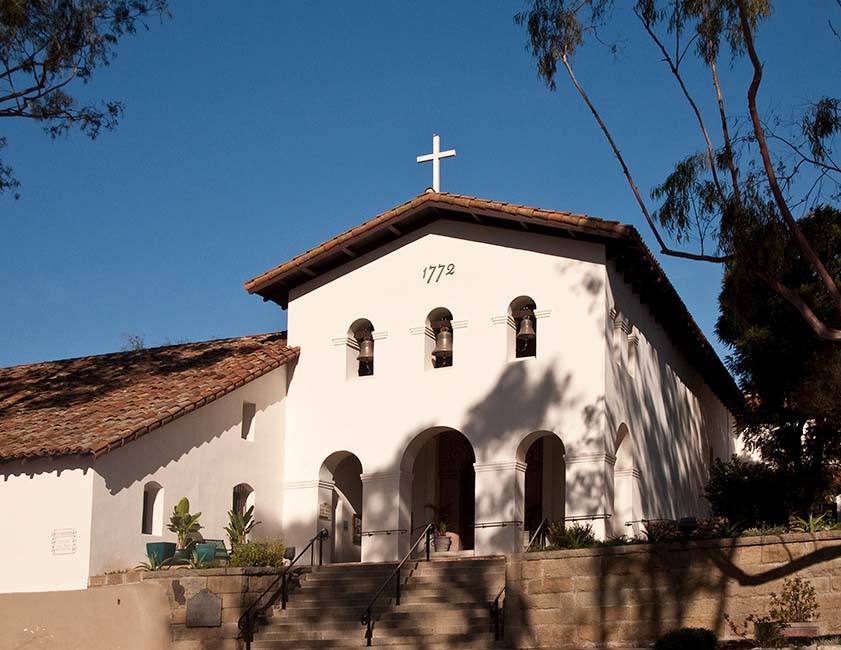

There are three (3) bells suspended in the church facade.
The most significant devotional art is in an alcove on the right hand side of the church where an illuminated painting of Our Lady of Refuge may be seen. The alcove was once the entrance to the funerary chapel, which led out onto the mission cemetery.
In 1776 a pagan Indian fired an arrow with a burning wick attached into one of the dry thatched roofs of San Luis Obispo. This started a fire that nearly destroyed several buildings.
This disaster led to experimentation to make tile locally. By 1790 most of the missions had tile roofs that were not as vulnerable to attack.
Mission San Luis Obispo, the fifth California mission, had a long productive life in the mission era, and then became a parish church. The church was "modernized" with a steeple and white siding in 1868, but restored to its mission-era appearance in 1934.
The Historical Image Gallery contains a wealth of historic drawings, illustrations and paintings.
The Contemporary Image Gallery contains more recent photographs taken by several different photographers from around the Church gardens and the Church interior.










